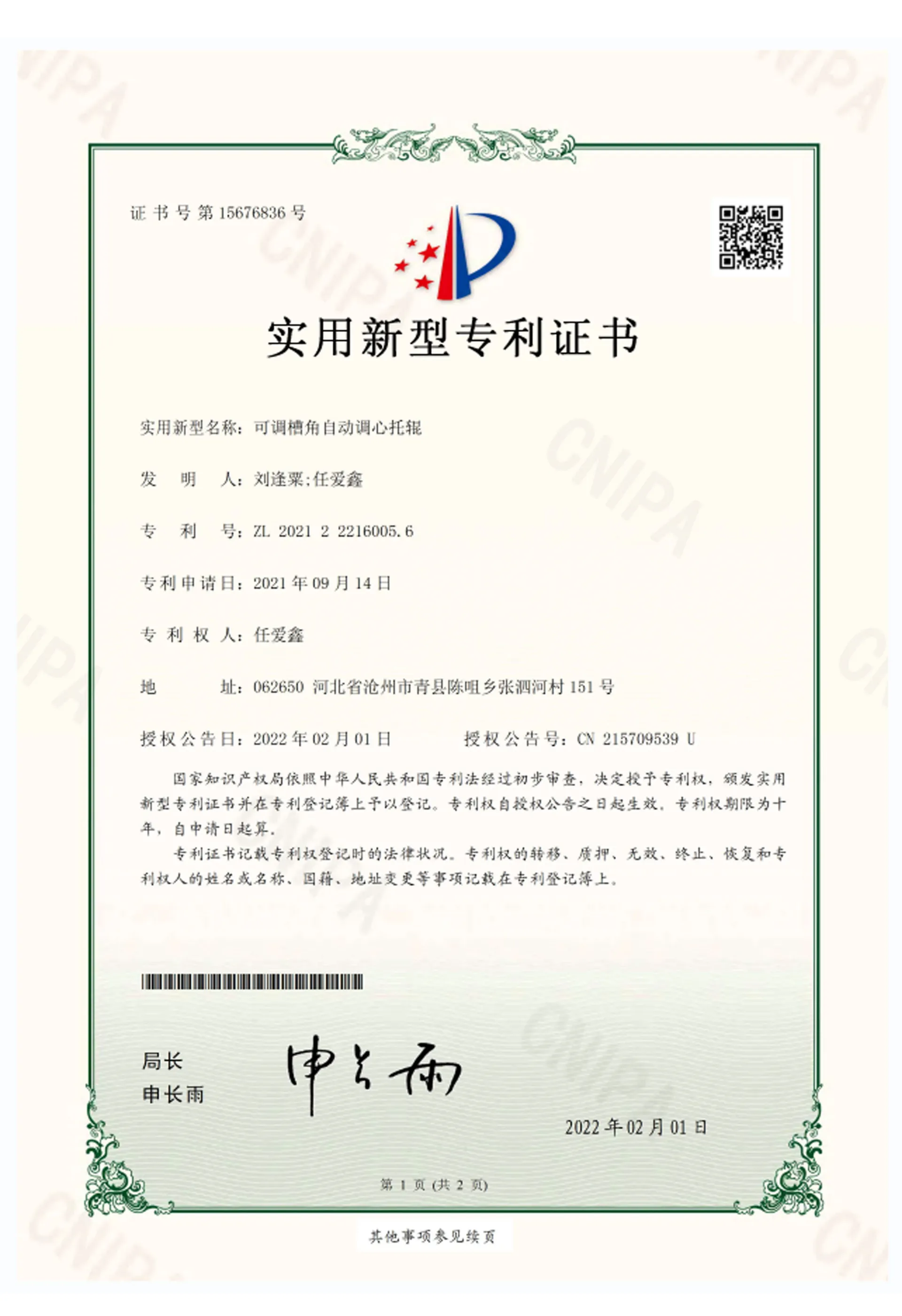 Afrikaans
Afrikaans  Albanian
Albanian  Amharic
Amharic  Arabic
Arabic  Armenian
Armenian  Azerbaijani
Azerbaijani  Basque
Basque  Belarusian
Belarusian  Bengali
Bengali  Bosnian
Bosnian  Bulgarian
Bulgarian  Catalan
Catalan  Cebuano
Cebuano  Corsican
Corsican  Croatian
Croatian  Czech
Czech  Danish
Danish  Dutch
Dutch  English
English  Esperanto
Esperanto  Estonian
Estonian  Finnish
Finnish  French
French  Frisian
Frisian  Galician
Galician  Georgian
Georgian  German
German  Greek
Greek  Gujarati
Gujarati  Haitian Creole
Haitian Creole  hausa
hausa  hawaiian
hawaiian  Hebrew
Hebrew  Hindi
Hindi  Miao
Miao  Hungarian
Hungarian  Icelandic
Icelandic  igbo
igbo  Indonesian
Indonesian  irish
irish  Italian
Italian  Japanese
Japanese  Javanese
Javanese  Kannada
Kannada  kazakh
kazakh  Khmer
Khmer  Rwandese
Rwandese  Korean
Korean  Kurdish
Kurdish  Kyrgyz
Kyrgyz  Lao
Lao  Latin
Latin  Latvian
Latvian  Lithuanian
Lithuanian  Luxembourgish
Luxembourgish  Macedonian
Macedonian  Malgashi
Malgashi  Malay
Malay  Malayalam
Malayalam  Maltese
Maltese  Maori
Maori  Marathi
Marathi  Mongolian
Mongolian  Myanmar
Myanmar  Nepali
Nepali  Norwegian
Norwegian  Norwegian
Norwegian  Occitan
Occitan  Pashto
Pashto  Persian
Persian  Polish
Polish  Portuguese
Portuguese  Punjabi
Punjabi  Romanian
Romanian  Russian
Russian  Samoan
Samoan  Scottish Gaelic
Scottish Gaelic  Serbian
Serbian  Sesotho
Sesotho  Shona
Shona  Sindhi
Sindhi  Sinhala
Sinhala  Slovak
Slovak  Slovenian
Slovenian  Somali
Somali  Spanish
Spanish  Sundanese
Sundanese  Swahili
Swahili  Swedish
Swedish  Tagalog
Tagalog  Tajik
Tajik  Tamil
Tamil  Tatar
Tatar  Telugu
Telugu  Thai
Thai  Turkish
Turkish  Turkmen
Turkmen  Ukrainian
Ukrainian  Urdu
Urdu  Uighur
Uighur  Uzbek
Uzbek  Vietnamese
Vietnamese  Welsh
Welsh  Bantu
Bantu  Yiddish
Yiddish  Yoruba
Yoruba  Zulu
Zulu Different Types of Take-Up Pulleys and Their Applications in Various Industries and Machinery
Types of Take Up Pulleys
Take up pulleys play a crucial role in various industrial applications, particularly in conveyor belt systems. Their primary function is to maintain tension in the belt, ensuring efficient and smooth operation. By allowing for the adjustment of belt length and tension, these pulleys help prevent slippage, reduce wear and tear, and enhance the overall lifespan of the conveyor system. In this article, we will explore the different types of take up pulleys, their features, and applications.
1. Gravity Take Up Pulleys
Gravity take up pulleys are one of the most common types used in conveyor systems. This mechanism relies on the force of gravity to maintain tension on the conveyor belt. In this system, a weight or counterbalance is attached to the pulley. As the belt wears and stretches over time, the gravity mechanism allows the pulley to move downward, ensuring that the belt remains taut. This type of take up pulley is simple in design, cost-effective, and easy to maintain, making it a popular choice for many industries.
2. Screw Take Up Pulleys
Screw take up pulleys utilize a screw mechanism to adjust the position of the pulley. This type of pulley is equipped with a threaded rod that, when turned, moves the pulley closer or further away from the drive pulley. This precise adjustment allows operators to maintain optimal tension on the belt easily. Screw take up pulleys are particularly useful in applications where fine-tuning of belt tension is necessary. They are often used in smaller conveyor systems or in situations where space is limited.
types of take up pulley

Hydraulic take up pulleys feature a hydraulic system that provides the force needed to adjust the tension of the conveyor belt. This mechanism consists of hydraulic cylinders that can exert significant force, allowing for quick and efficient adjustments. Hydraulic take up systems are particularly useful in heavy-duty applications where large belts or significant tension changes are required. These systems can be more complex and costly compared to gravity or screw types, but they offer superior performance and ease of use, especially in demanding environments.
4. Automatic Take Up Pulleys
Automatic take up pulleys are designed to adjust tension dynamically as the conveyor operates. These systems utilize sensors and controllers to monitor the belt tension continuously. When the sensors detect a drop in tension, the control system automatically adjusts the position of the pulley to maintain the optimal tension. This type of take up is highly beneficial in high-speed or heavy-load applications, where manual adjustments may be impractical. The automation reduces downtime and enhances operational efficiency.
5. Elastic Take Up Pulleys
Elastic take up pulleys employ a different approach by using elastic materials to maintain belt tension. These pulleys are fitted with spring mechanisms that adjust according to the tension needed. The springs allow for slight movements and absorb shocks, providing a buffer against sudden changes in load. Elastic take up systems are valuable in applications where belt movement is frequent and significant tension fluctuations occur.
Conclusion
The choice of take up pulley type depends on various factors, including the specific application, the required tension, and operational conditions. Understanding the different types of take up pulleys—gravity, screw, hydraulic, automatic, and elastic—enables industry professionals to select the most appropriate system for their needs. Proper maintenance and timely adjustments of these pulleys are essential for the optimal performance of conveyor systems, ultimately leading to increased efficiency and reduced operational costs.
-
Revolutionizing Conveyor Reliability with Advanced Rubber Lagging PulleysNewsJul.22,2025
-
Powering Precision and Durability with Expert Manufacturers of Conveyor ComponentsNewsJul.22,2025
-
Optimizing Conveyor Systems with Advanced Conveyor AccessoriesNewsJul.22,2025
-
Maximize Conveyor Efficiency with Quality Conveyor Idler PulleysNewsJul.22,2025
-
Future-Proof Your Conveyor System with High-Performance Polyurethane RollerNewsJul.22,2025
-
Driving Efficiency Forward with Quality Idlers and RollersNewsJul.22,2025





























